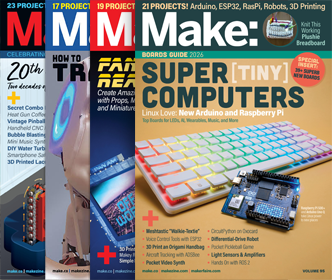Depending on your tolerance for preserved corpses, this may strike you as incredibly cool or incredibly creepy. Maybe a little bit of both. Personally, I lean toward the “cool” side. “Clearing and staining” is actually a very old technique in anatomy and biology in which a dead animal is treated with a series of chemicals that simultaneously preserve it, render its soft tissues transparent, and stain its skeletal and nervous systems different colors. The resulting preserved specimens are both scientifically useful and, often, strikingly beautiful. These pictures are from a Japanese gallery; here’s an English-language gallery of mutant frog specimens that are also pretty amazing. [via Core77]








